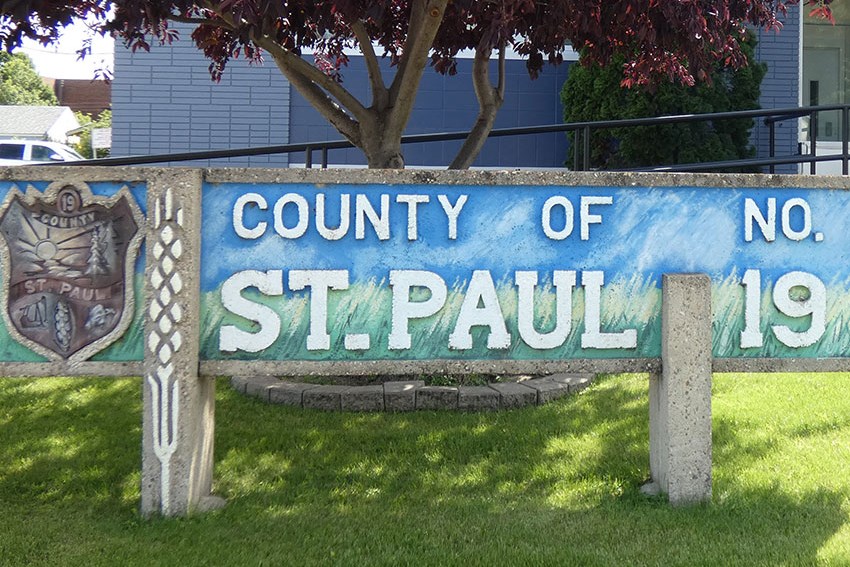ST. PAUL - The County of St. Paul council has signed off on a 2020 operation and capital budget that will see $1.4 million drawn from the municipality’s restricted surplus to balance the numbers. Even so, there will be a slight tax increase amounting to just shy of one per cent on average due to the province requiring all municipalities to pay a portion of policing costs.
Council approved the $35 million budget showing a small surplus of $12,867 along with the tax rate bylaw which calls for a tax increase of 0.O908 mills for police funding, last week.
Last year, the province implemented a new police funding model which requires all municipalities pays a share of policing cost. In 2020, the county’s portion is $166,790 but that will increase to $500,728 by 2023.
“Based on a sampling of residential properties the increase in tax payable due to the new police funding model is approximately 0.95 per cent,” CAO Sheila Kitz explained. “Municipalities would have liked to be able to show this as a separate tax rate as in our opinion it seems like a requisition much like the school tax is. Municipalities have been instructed by Municipal Affairs that it must be included in our municipal tax rate.”
The county’s tax roll amounts to $26.6 million, with $21.7 million earmarked for municipal purposes, $4.4 million for school requisition collected for the province, $411,624 for the MD of St. Paul Foundation and $65,000 for designated industrial properties.
County residents will get some relief from the municipality when it comes to paying their property taxes this year. While the official due date is still June 30, tax payments won’t be considered late until Oct. 1. At that time, the standard three per cent penalty on the tax amount will be applied.
As the County of St. Paul worked towards finalizing its 2020 budget in April, Kitz said the process was anything but regular in the wake of COVID-19 in addition to the collapse in the natural resource sector.
The budget narrative addresses the downturn in the economy, decreasing property values and the fact that less oil and gas production has resulted in fewer linear properties operating in the County translating to a five per cent decreased assessment value as wells are being shut down by companies. But there was little appetite around the table to increase the non-residential mill rate to reflect the reduced assessment with push back already coming from industry reps over municipal taxes in recent years.
However, Coun. Maxine Fodness reminded council that in 2019 when the residential assessment dropped, the county increased the residential rate by .25 mills.
“My concern is next year, when we’re really in a bind, are we going to look at industry? Are we going to look at non-res or are we going to look at residential? I think that non res is far more capable of paying taxes than residential people right now. The residential people in the county right now are really hurting.”
Coun. Cliff Martin said it could get to the point where “we are going to probably end up looking at only providing essential service.”
Reeve Steve Upham agreed.
“We are going to knock it out of services we provide if we get into a real revenue collapse because we won’t be able to correct it to the mill rates, I can tell you that.”
Kitz said the costs associated with the COVID-19 pandemic will impact everyone.
“If you think about what the pandemic is going to do to everybody, I can tell you that everybody’s income tax is going to have to go up. I can tell you that we are probably going to pay higher premiums for pensions because all the pension funds lost money. We are going to have to pay more for insurance. Municipalities are going to be stuck with the decision of increasing taxes and or cutting taxes.”
Regarding property assessments in the county, budget documents show “residential assessment for rural, lake and hamlet properties saw minimal or no change in 2019. Residential assessments saw no change or a very slight decrease in values due to the reduced market value of properties. Rural properties saw a decrease in market value up to 4 per cent. Farmland and lake properties have seen a 1 per cent to 2 per cent decrease in market values. There were too few sales in the hamlets to assess market values.”



